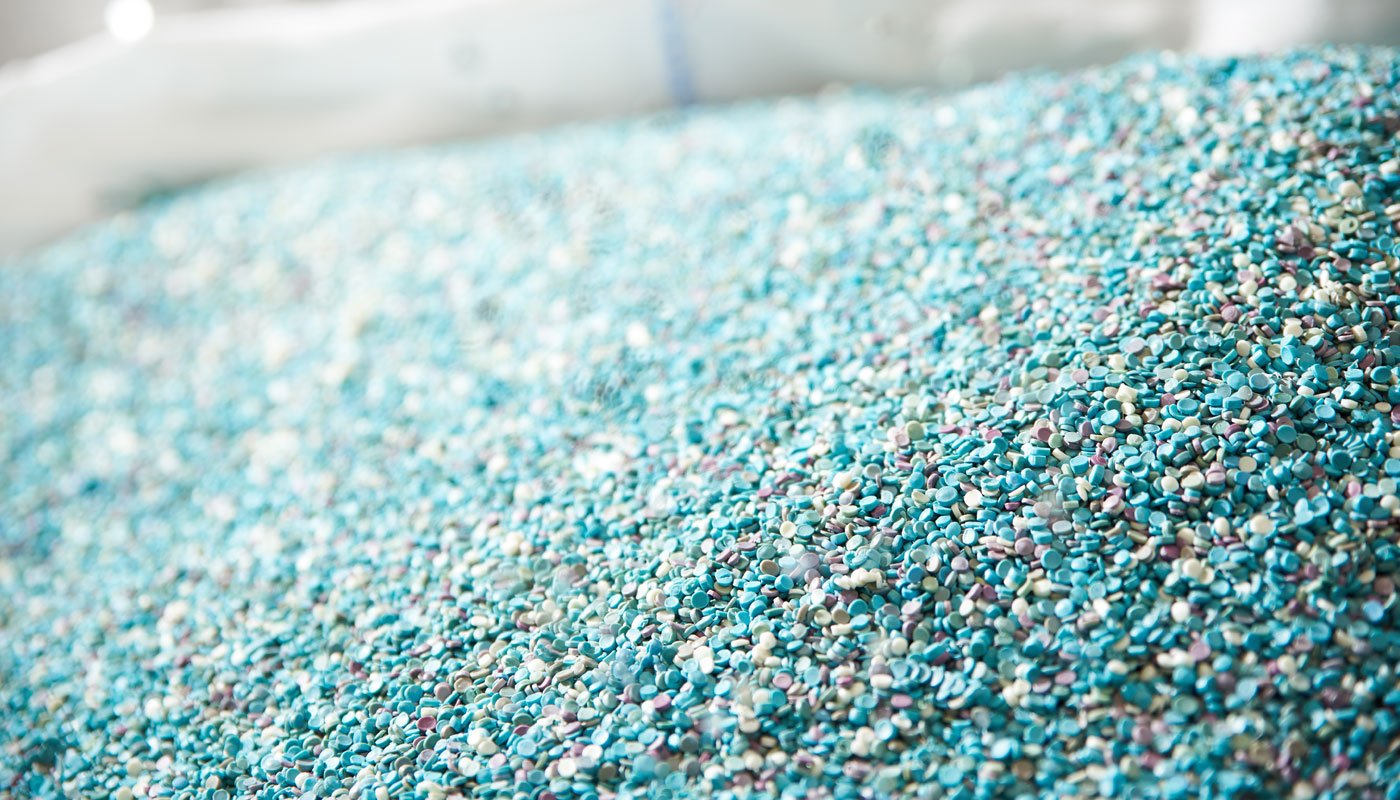
As May 2025 wrapped up, several key developments in the bulk materials and food production sectors may have flown under the radar—but are worth a closer look. From the adoption of mechatronics and machine learning to optimize heat control in manufacturing, to major price shifts in the resin and cocoa markets, the past month brought a mix of innovation, economic shifts, and operational insights. Whether you're watching material costs, fine-tuning formulations, or improving workforce strategies, these five headlines offer a snapshot of trends and challenges shaping the industry today.
Smart Manufacturing: Precision Heat Control via Mechatronics and ML
The article "Smart Manufacturing: Precision Heat Control via Mechatronics and ML" discusses how integrating mechatronics technology (MT) with machine learning (ML) enhances temperature control in rubber and plastic manufacturing. Traditional temperature control systems (TCS) face issues like lag and inefficiency, which are addressed by a new circulating TCS that uses a fuzzy neural network and MT for faster, more accurate responses.
The system employs a fuzzy PID control algorithm optimized by an improved particle swarm optimization (IPSO) method, resulting in adaptive and efficient temperature regulation. With modules for sensing, control, actuation, and monitoring, plus features like a low-pass filter and fault detection, the system significantly outperforms traditional methods in speed, accuracy, and energy efficiency.
Fruits and nuts face formulation challenges for bakers
Fruits and nuts add flavor and texture to baked goods but pose formulation challenges, including moisture migration, color bleeding, and uneven distribution. Bakers often use dried fruits for stability and concentrated flavor, or toss fresh fruits in flour to prevent sinking. Adding fruits late in the mixing process also helps control bleeding.
Nuts present their own hurdles, such as pigment-related color shifts. Using smaller, uniform pieces can improve distribution and reduce visual inconsistencies. These strategies help maintain product quality across taste, appearance, and shelf life.
Resin Price Report: Sluggish Demand Yields Lowest PP Prices in Years
Polypropylene (PP) resin prices have reached their lowest levels in years due to persistently sluggish demand. Over the past seven months, six have seen below-average sales, creating a favorable environment for buyers to replenish inventories at significant discounts. Market sentiment remains cautious, influenced by ongoing trade uncertainties and broader economic concerns. While polyethylene (PE) and PP prices have remained steady to slightly lower, the overall market tone is weak, with no significant restocking activity observed. This situation presents a strategic opportunity for buyers to secure materials at reduced costs.
Bakery reduces dependence on temporary labor with workforce focus
CraftMark Bakery has significantly reduced its reliance on temporary labor by investing in workforce development and fostering a culture of internal growth. Since CEO Kurt Seagrist's arrival in 2022, the Indianapolis-based company has emphasized employee retention through quarterly training modules and Lean Six Sigma programs for managers. The bakery promotes from within, transforming operators into supervisors, and utilizes the Redzone platform to facilitate real-time communication and feedback between staff and management. This approach has empowered employees to contribute ideas that enhance operations and efficiency.
Notable success stories include Marquis Morehead, who advanced from line operator to director of multiple dough lines, achieving significant reductions in shifts and waste. Similarly, Jose Rojas, with a decade of industry experience, has played a pivotal role in improving organizational efficiency. With a strengthened workforce, CraftMark is now focusing on growth areas such as financial performance, commercial excellence, and operational efficiency. The company produces approximately 200 primarily private-label SKUs distributed across North America, leveraging its central location in Indianapolis to serve a broad customer base.
ICCO monthly cocoa report reveals ongoing concerns over price volatility
The International Cocoa Organisation (ICCO) reports ongoing price volatility in the cocoa market, driven by a combination of factors affecting supply and demand. West African producers, particularly Ghana and Ivory Coast, are grappling with adverse weather conditions, financial pressures, and rural poverty, leading to supply deficits. As of the third quarter of the 2024/25 season, cocoa contract prices reached $8,787 per tonne in London and $9,286 per tonne in New York, down from highs of $12,000 earlier in the year. The market experienced a 17% drop in London and a 16% drop in New York during April, followed by a partial recovery due to a temporary pause in U.S. tariffs and better-than-expected grindings data. However, prices remain significantly higher than in previous years, with limited increases in farmgate prices for producers.
The ICCO also notes that U.S. trade tariffs, including a baseline 10% on all countries, have impacted the cocoa sector, prompting calls from West African farming organizations for greater autonomy in managing the industry. While recent rains in West Africa have raised hopes for improved cocoa supplies, the market continues to face uncertainty. By the end of April, cocoa prices settled at $8,636 per tonne in London and $9,127 per tonne in New York, reflecting a 19% drop in London and a 9% fall in New York compared to the previous year.


